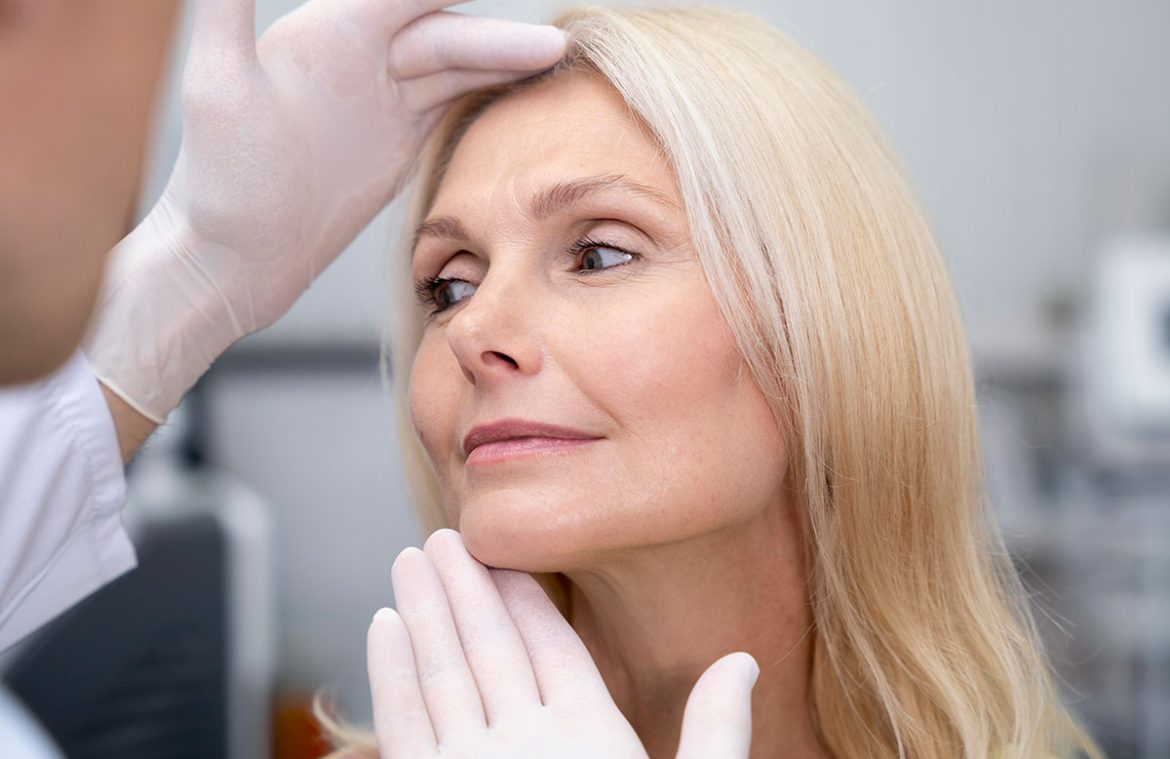
Upper blepharoplasty, also known as upper eyelid surgery, is a cosmetic procedure designed to rejuvenate the appearance of the upper eyelids by removing excess skin, fat, and muscle. It is a popular option for individuals seeking to address drooping eyelids, puffiness, and a tired or aged appearance around the eyes. In this comprehensive guide, we will explore the intricacies of upper blepharoplasty, including its benefits, candidacy, procedure, recovery, and potential risks.
Benefits of Upper Blepharoplasty
- Restored Youthfulness: Upper blepharoplasty can help restore a more youthful and refreshed appearance to the eyes by eliminating sagging skin and reducing puffiness.
- Improved Vision: In some cases, excess upper eyelid skin can obstruct vision. By removing this excess tissue, upper blepharoplasty can enhance peripheral vision and overall visual clarity.
- Enhanced Self-Confidence: Many individuals experience increased self-confidence and satisfaction with their appearance following upper eyelid surgery, leading to improved quality of life.
Candidacy for Upper Blepharoplasty
Ideal candidates for upper blepharoplasty typically exhibit one or more of the following concerns:
- Excess skin or fat deposits on the upper eyelids
- Drooping eyelids that impair vision or create a tired appearance
- The desire for a more youthful and rejuvenated eye contour
- Good overall health and realistic expectations regarding the outcome of the procedure
During a thorough consultation, a qualified plastic surgeon will assess the patient’s medical history, perform a physical examination, and discuss their aesthetic goals to determine if they are suitable candidates for upper eyelid surgery.
The Upper Blepharoplasty Procedure
Upper blepharoplasty is typically performed as an outpatient procedure under local anesthesia with sedation or general anesthesia, depending on the patient’s preference and the surgeon’s recommendation. The surgical steps may include:
- Incision: The surgeon creates precise incisions along the natural crease of the upper eyelids, ensuring minimal scarring and optimal aesthetic results.
- Tissue Removal and Sculpting: Excess skin, fat, and muscle tissue are carefully removed or repositioned to achieve a smoother, more defined upper eyelid contour.
- Closure: The incisions are meticulously closed with fine sutures to promote optimal healing and minimize the risk of visible scarring.
The duration of the procedure typically ranges from one to two hours, depending on the complexity of the case and whether additional procedures are performed concurrently, such as lower blepharoplasty or brow lift surgery.
Recovery and Post-Operative Care
Following upper blepharoplasty, patients may experience some degree of swelling, bruising, and mild discomfort around the eyes, which can be managed with prescribed medications and cold compresses. It is essential to follow the surgeon’s post-operative instructions diligently, which may include:
- Keeping the head elevated to reduce swelling
- Avoiding strenuous activities and heavy lifting
- Applying prescribed eye drops or ointments as directed
- Attending follow-up appointments to monitor healing progress
Most patients can expect to resume normal activities, including work and social engagements, within one to two weeks, although strenuous exercise and activities that may strain the eyes should be avoided for several weeks.
Potential Risks and Complications
While upper blepharoplasty is generally considered safe and effective, like any surgical procedure, it carries inherent risks and potential complications, including:
- Infection
- Bleeding
- Adverse reaction to anesthesia
- Asymmetry or irregularities in eyelid appearance
- Dry eyes or excessive tearing
- Temporary or permanent changes in sensation around the eyes
It is crucial for patients to thoroughly discuss the potential risks and benefits of upper eyelid surgery with their surgeon and adhere to pre-operative and post-operative guidelines to minimize the likelihood of complications.
Conclusion
Upper blepharoplasty is a transformative procedure that can rejuvenate the appearance of the upper eyelids and enhance facial harmony and balance. By understanding the benefits, candidacy requirements, procedure details, recovery process, and potential risks associated with upper eyelid surgery, individuals can make informed decisions about pursuing this cosmetic enhancement option to achieve their aesthetic goals and rediscover confidence in their appearance. For personalized guidance and expert care, individuals are encouraged to consult with a board-certified plastic surgeon who specializes in oculoplastic surgery.
